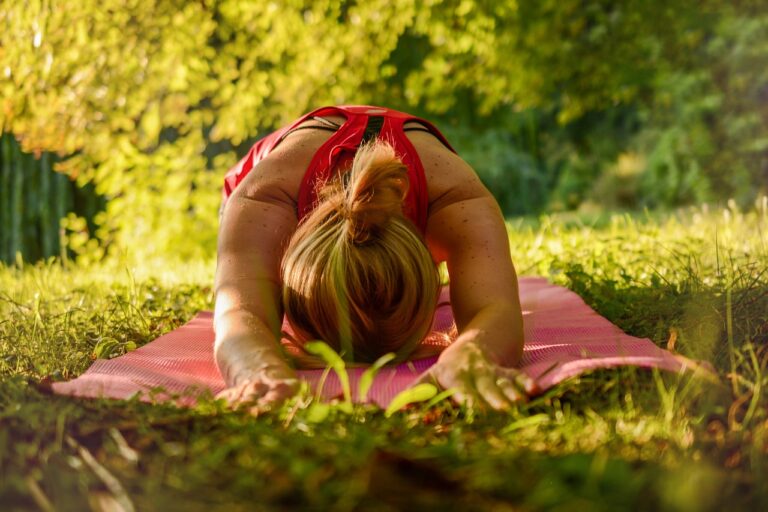The Transformative Journey of Meditation: A Comprehensive Guide
Meditation, an ancient practice rooted in various cultures, has gained immense popularity in the modern world. From stress reduction to improved mental clarity, its benefits span a wide range. If you’re curious about embarking on a meditative journey, this guide will provide you with all the essential information you need.
What is Meditation?
Meditation is a mind-body practice that involves intentionally focusing your attention on a specific object, thought, or activity. By engaging in meditation, you cultivate a heightened awareness of the present moment, promoting relaxation, calmness, and inner peace.
Types of Meditation
- Mindfulness meditation: Focuses on observing your thoughts, feelings, and sensations without judgment.
- Transcendental meditation: Uses a mantra or specific sound to induce a state of deep relaxation.
- Body scan meditation: Involves bringing awareness to different parts of your body, noticing sensations and releasing tension.
- Zazen: A form of seated Zen meditation emphasizing posture, breath, and awareness.
Benefits of Meditation
Research has consistently demonstrated numerous benefits of meditation, including:
- Reduces stress and anxiety: By calming the nervous system, meditation helps regulate stress hormones and induces a sense of well-being.
- Improves mental focus and clarity: Meditation trains the mind to sustain attention, enhancing concentration and mental clarity.
- Reduces physical pain: Regular meditation has been shown to alleviate chronic pain by altering brain activity and reducing inflammation.
- Promotes sleep quality: Meditation can improve sleep onset, duration, and quality by reducing stress and calming the mind.
- Enhances emotional regulation: By fostering self-awareness, meditation teaches you to recognize and manage your emotions effectively.
How to Meditate
- Step 1: Find a Quiet Place
Choose a comfortable, quiet place where you won’t be disturbed.
- Step 2: Assume a Comfortable Posture
Sit or lie down in a relaxed position. You can use a cushion or mat for support.
- Step 3: Close Your Eyes and Focus
Gently close your eyes and focus on your breath or a specific object. You can also listen to calming music or a guided meditation.
- Step 4: Notice Thoughts and Sensations
As you meditate, observe your thoughts and sensations without judgment. If your mind wanders, gently bring it back to your chosen focus.
- Step 5: Cultivate Calm and Relaxation
Allow yourself to sink into a state of deep relaxation and inner peace. Let go of tension and stress.
Tips for Beginners
- Start small: Begin with short sessions of 5-10 minutes and gradually increase the duration.
- Be patient: Meditation is a gradual process. It may take time to see results, so be patient and consistent with your practice.
- Don’t give up: If your mind wanders, don’t get discouraged. Simply return your focus to your chosen object or activity.
- Experiment with different techniques:* Explore various types of meditation to find what resonates with you best.
Conclusion
Meditation is a profound practice that offers a myriad of transformative benefits. By incorporating meditation into your daily routine, you can cultivate mental clarity, reduce stress, improve sleep, and enhance your overall well-being. Embrace the journey of meditation and discover its immense power to enrich your life.

























